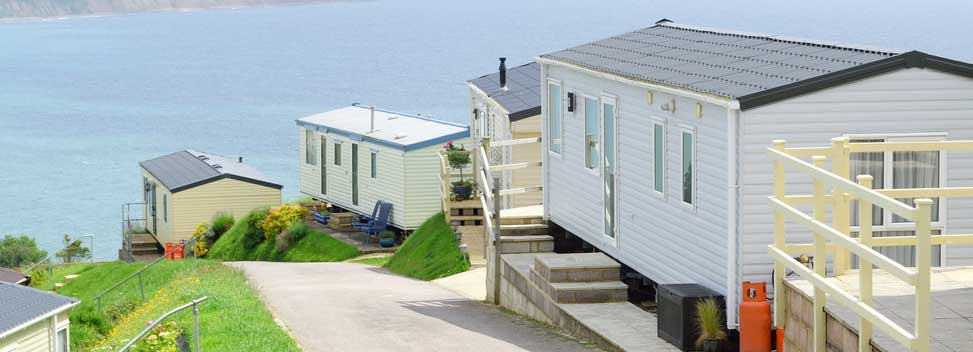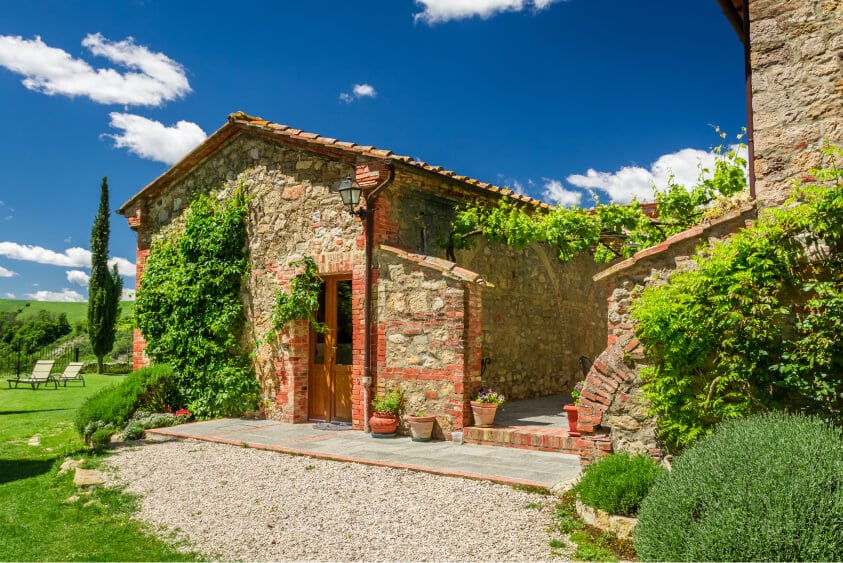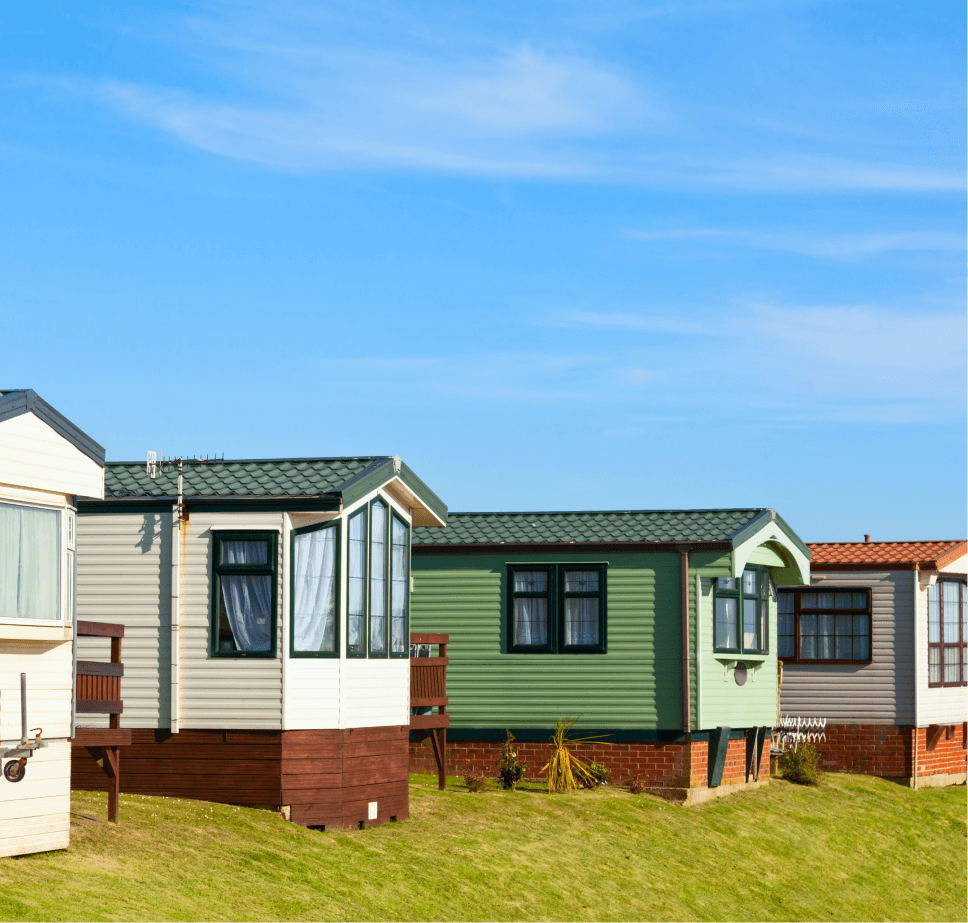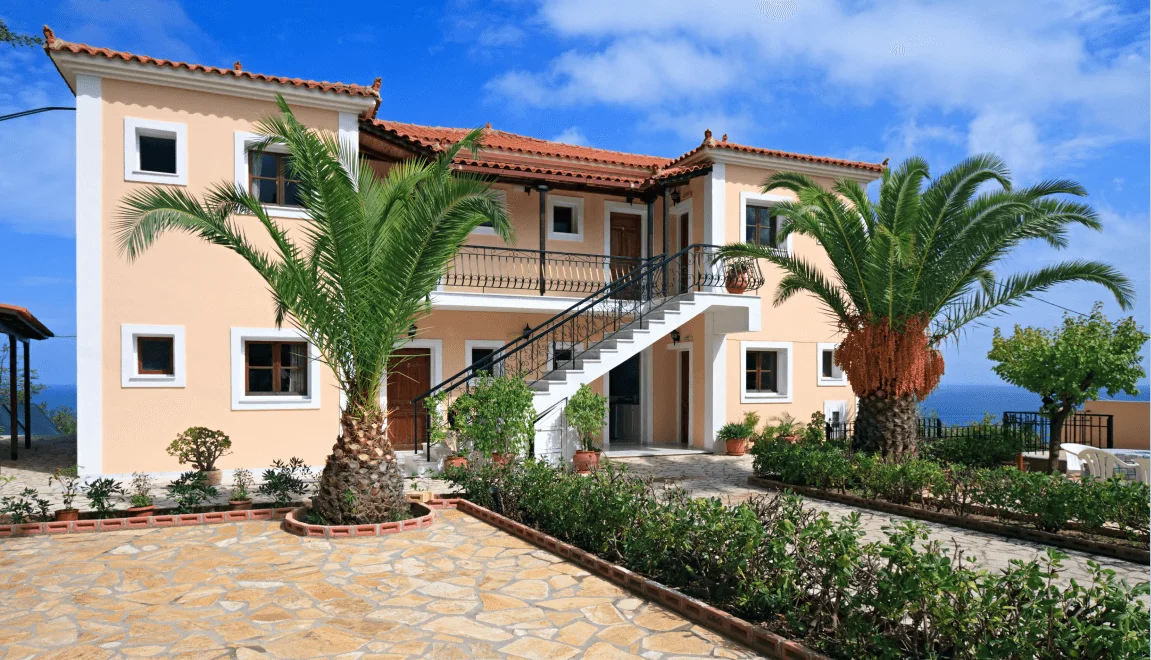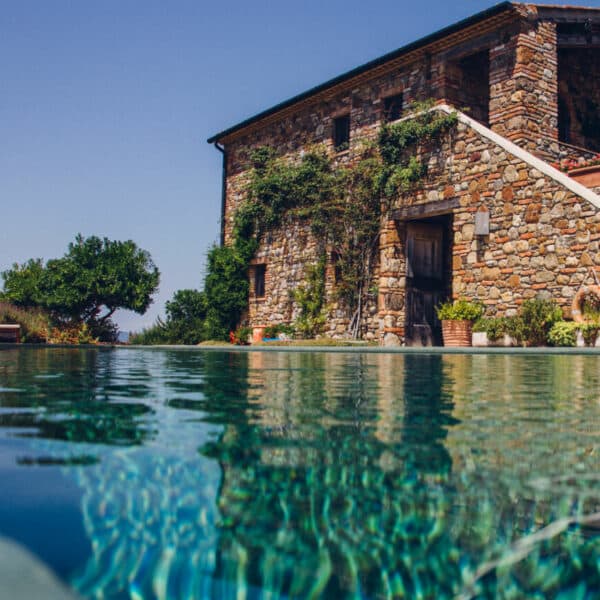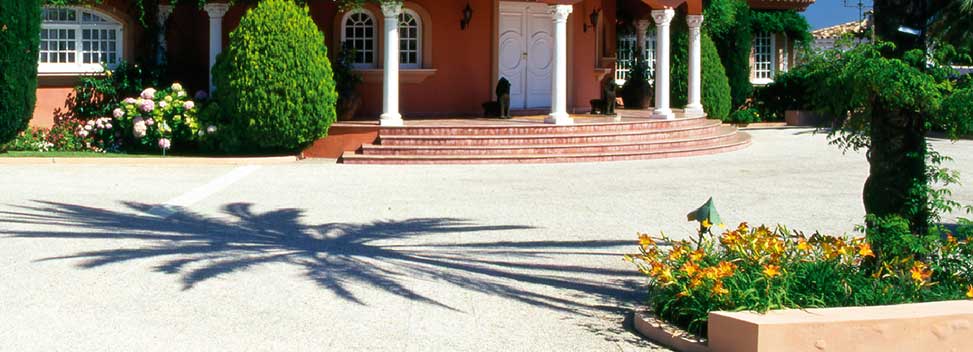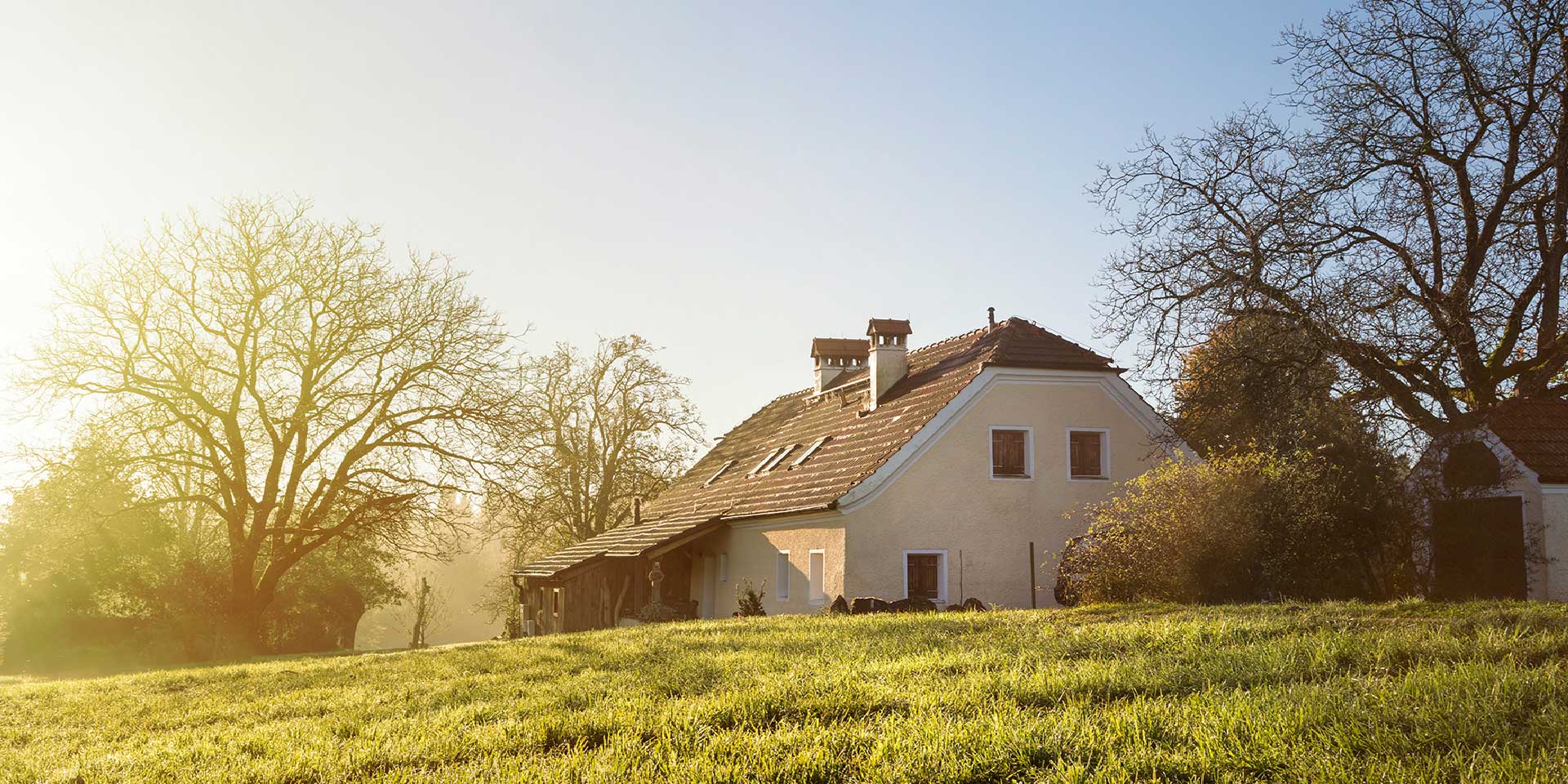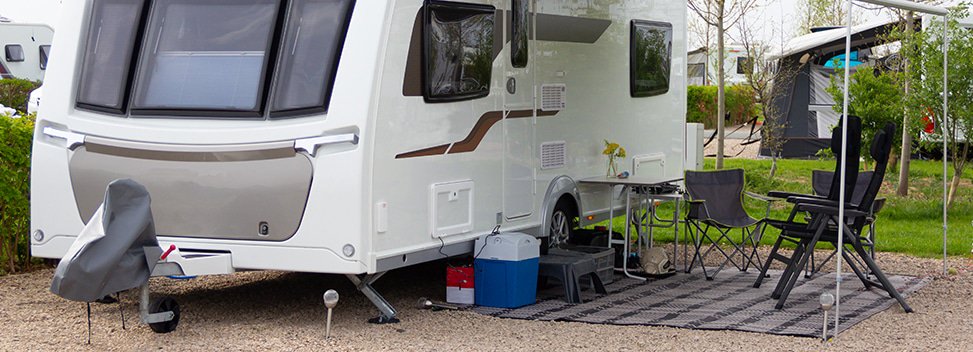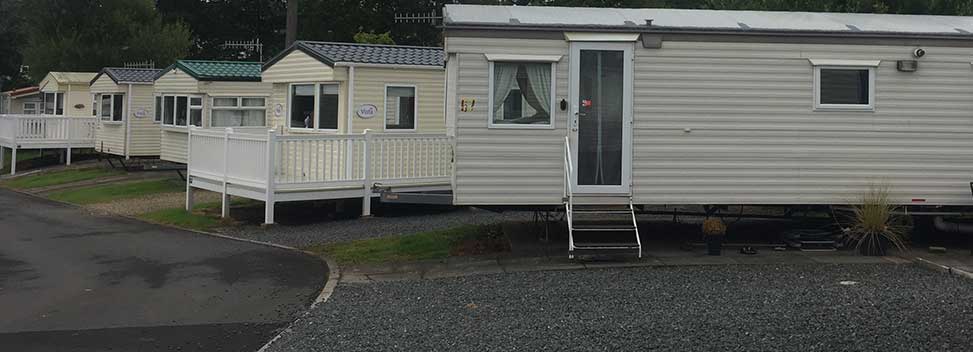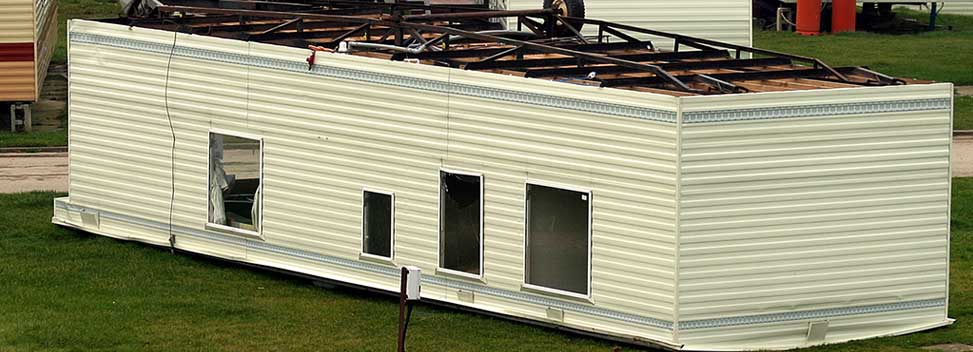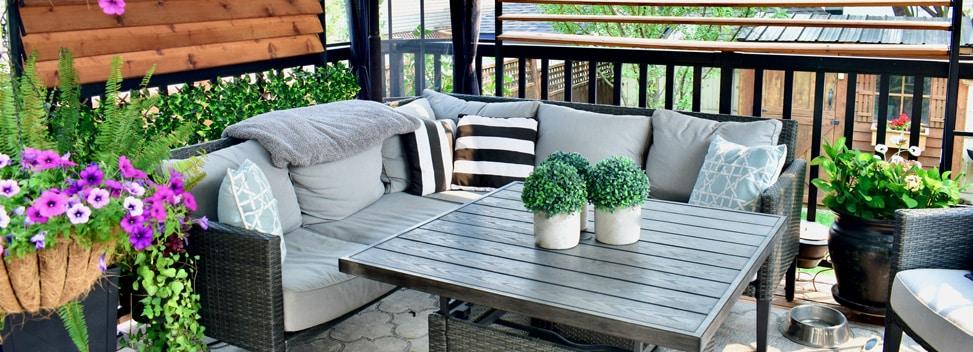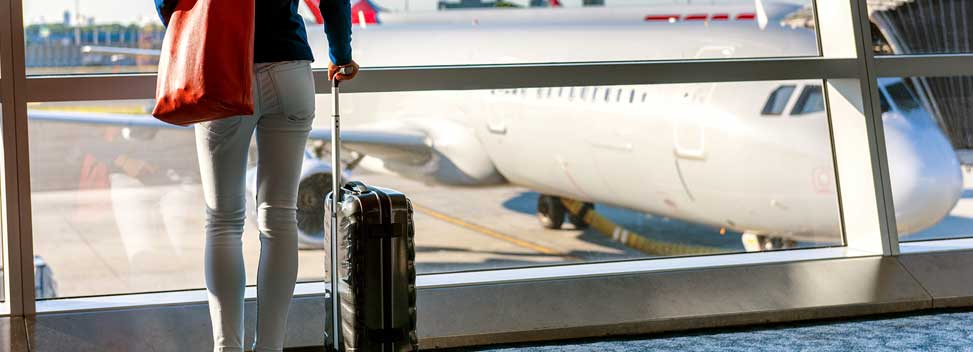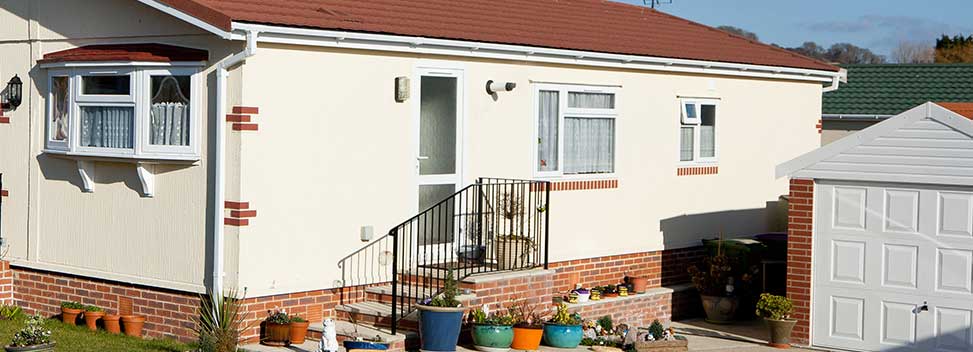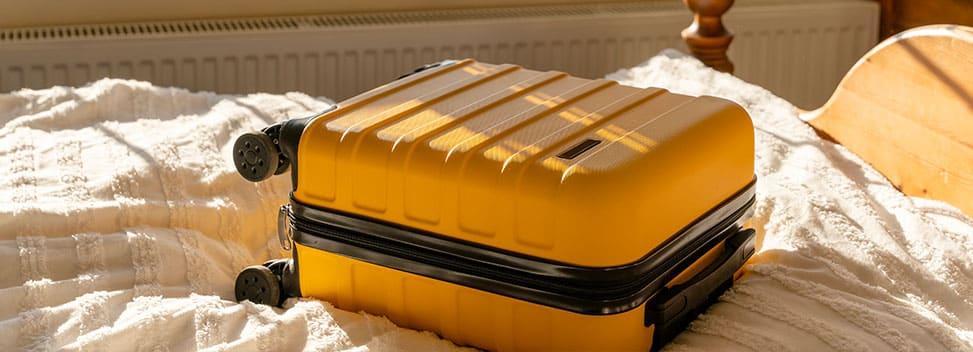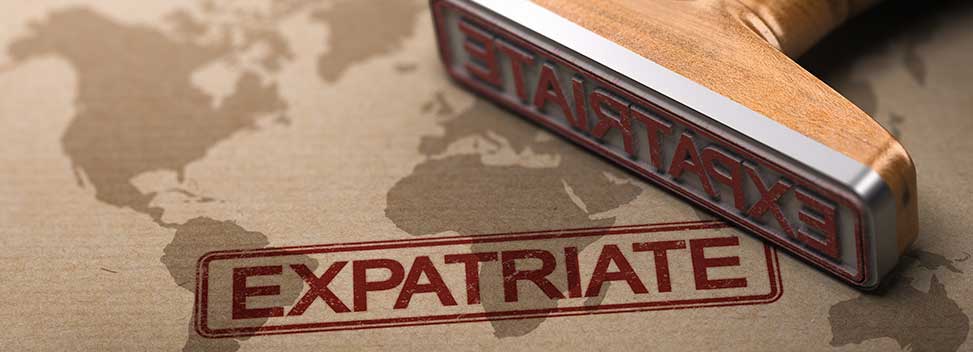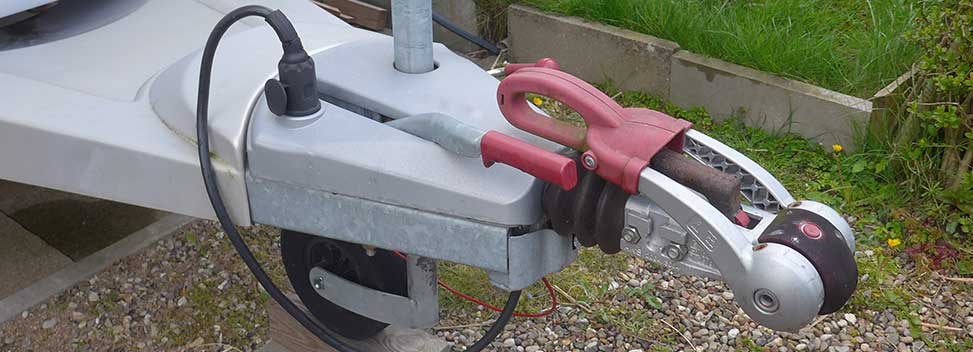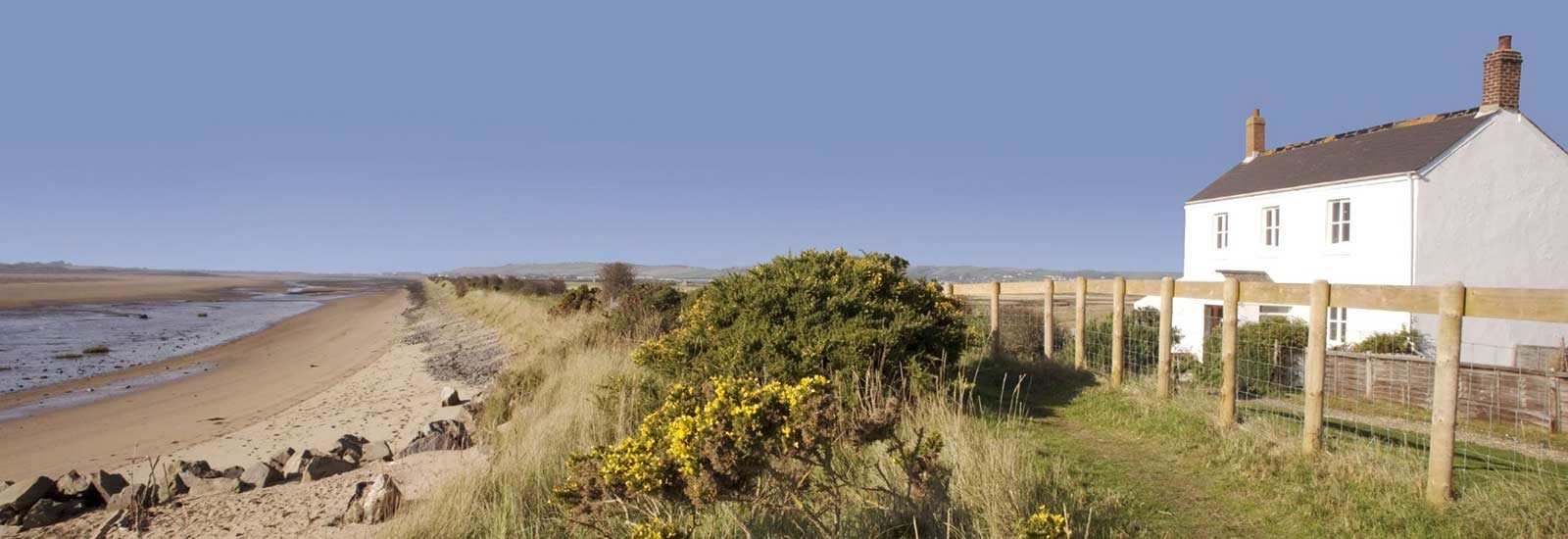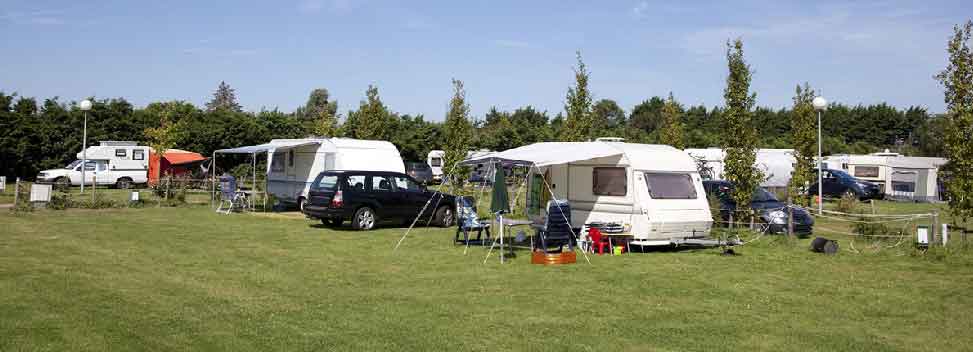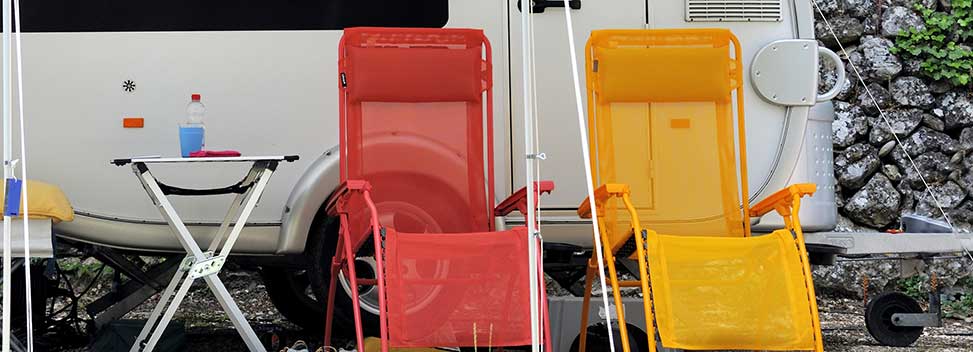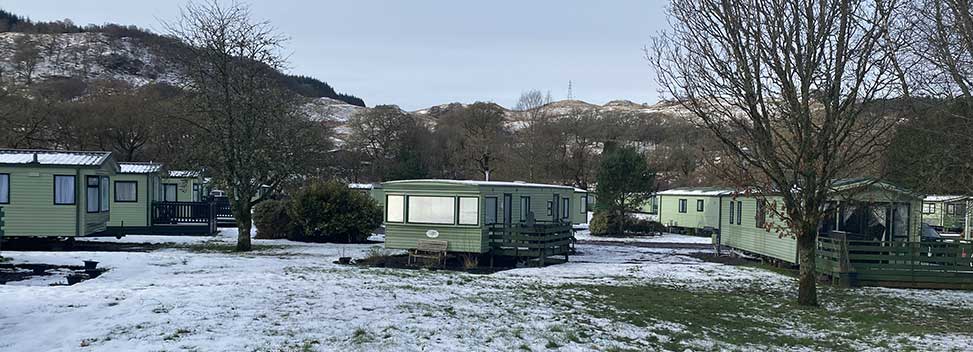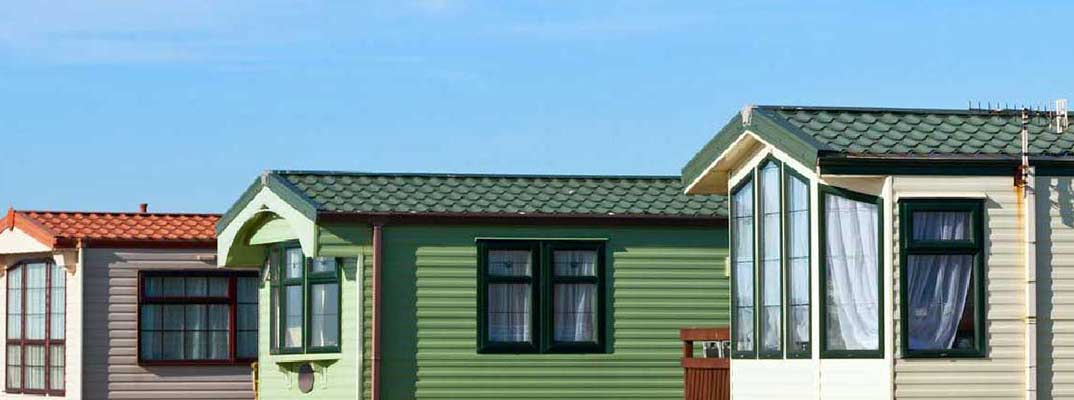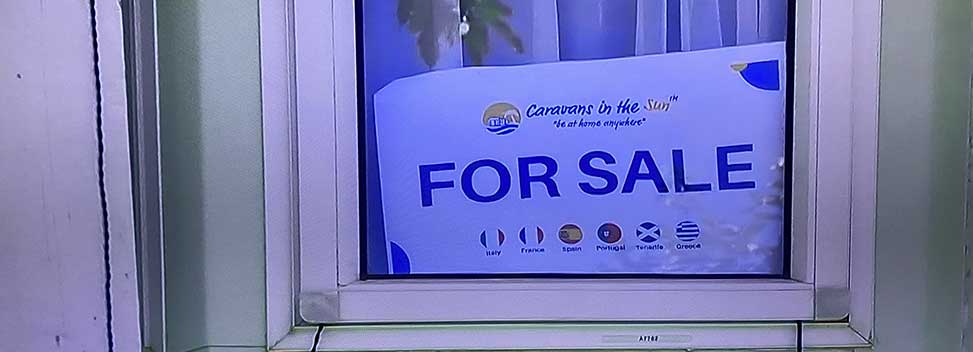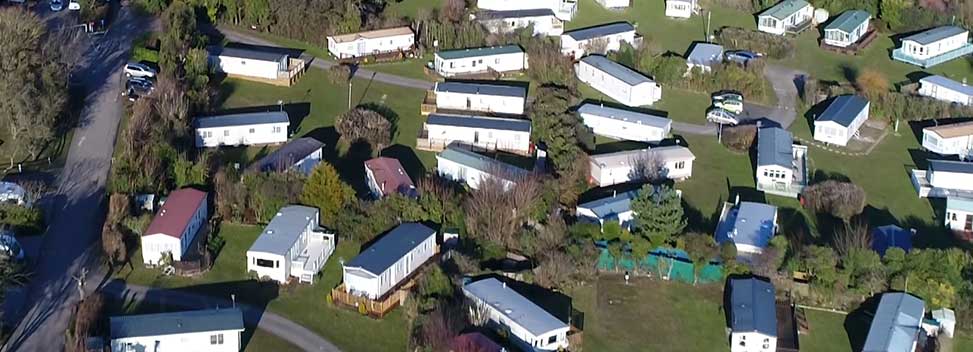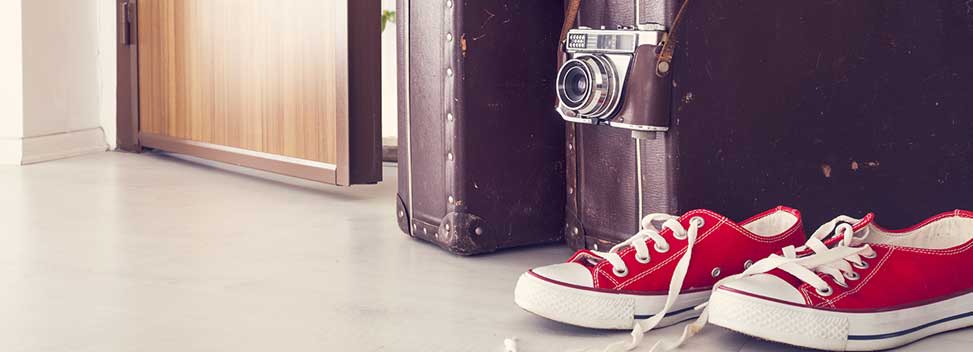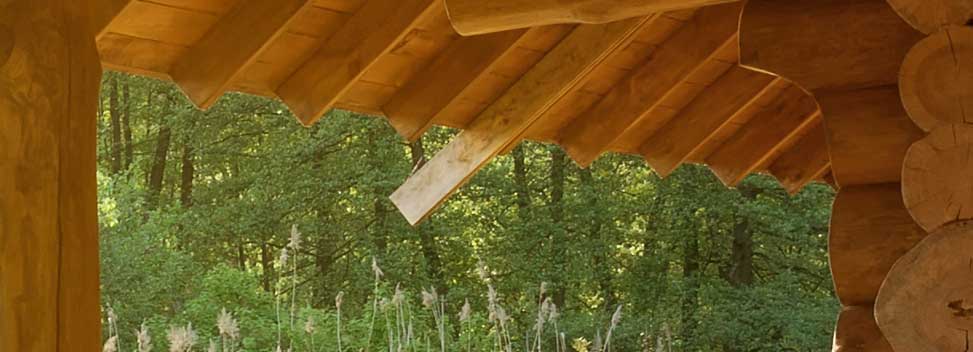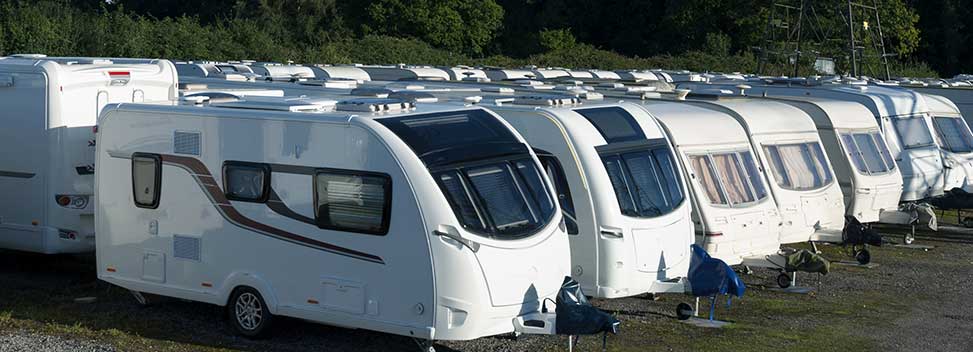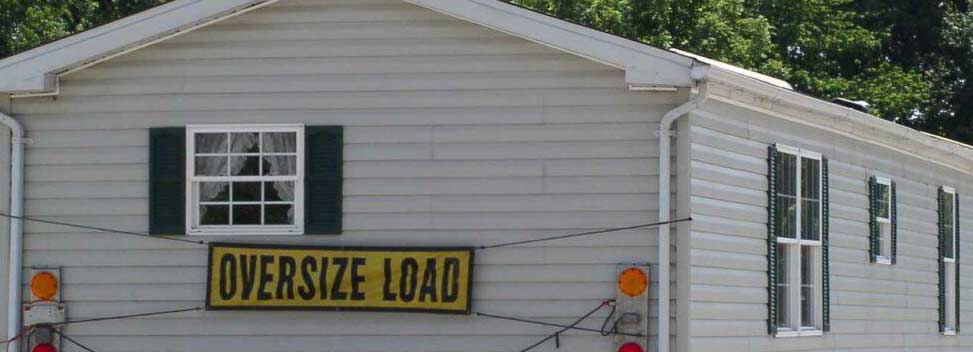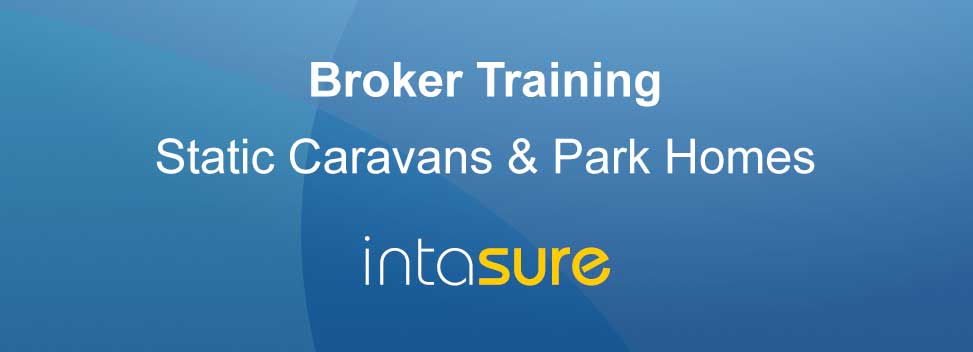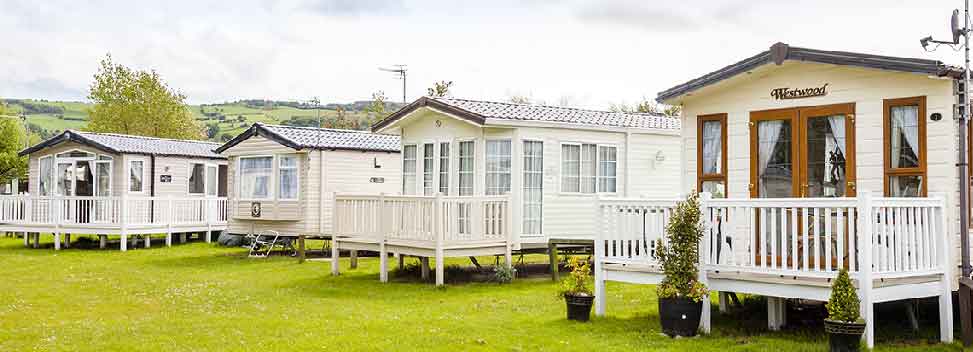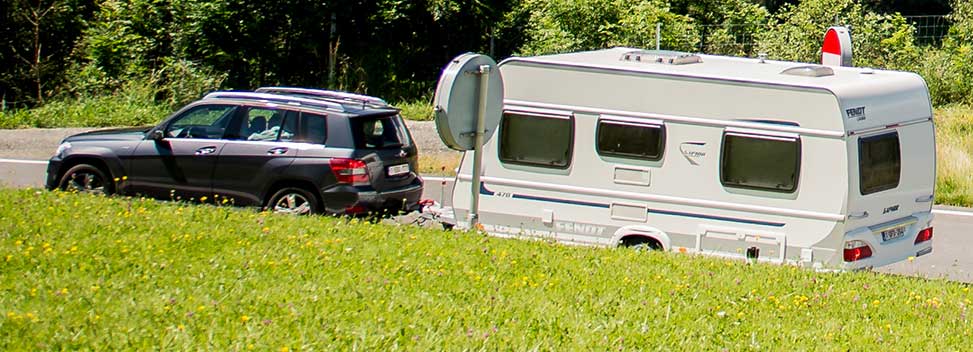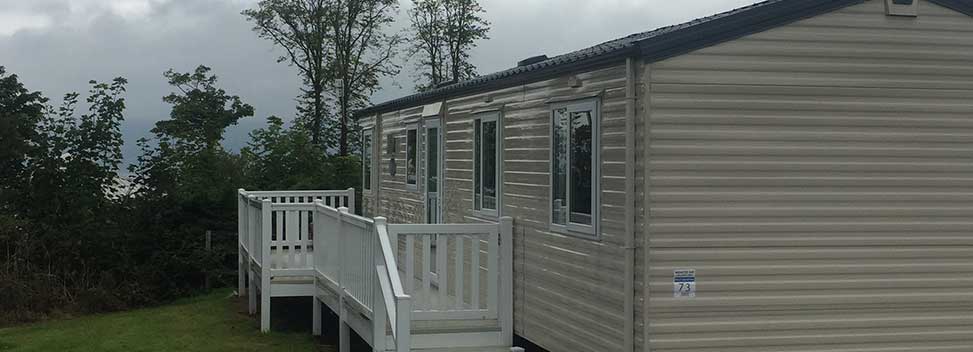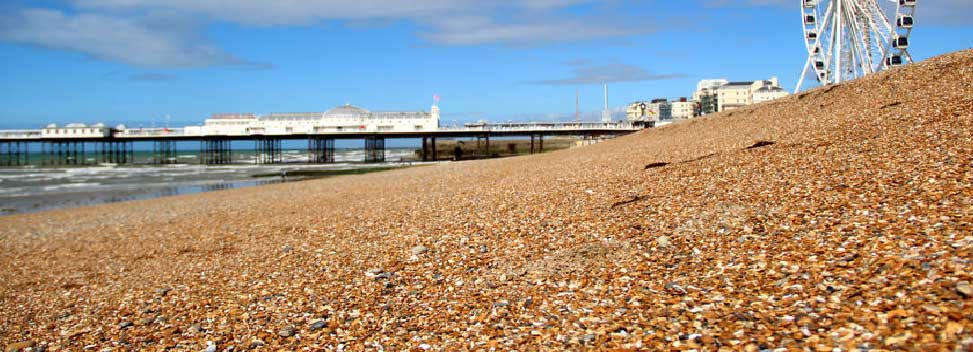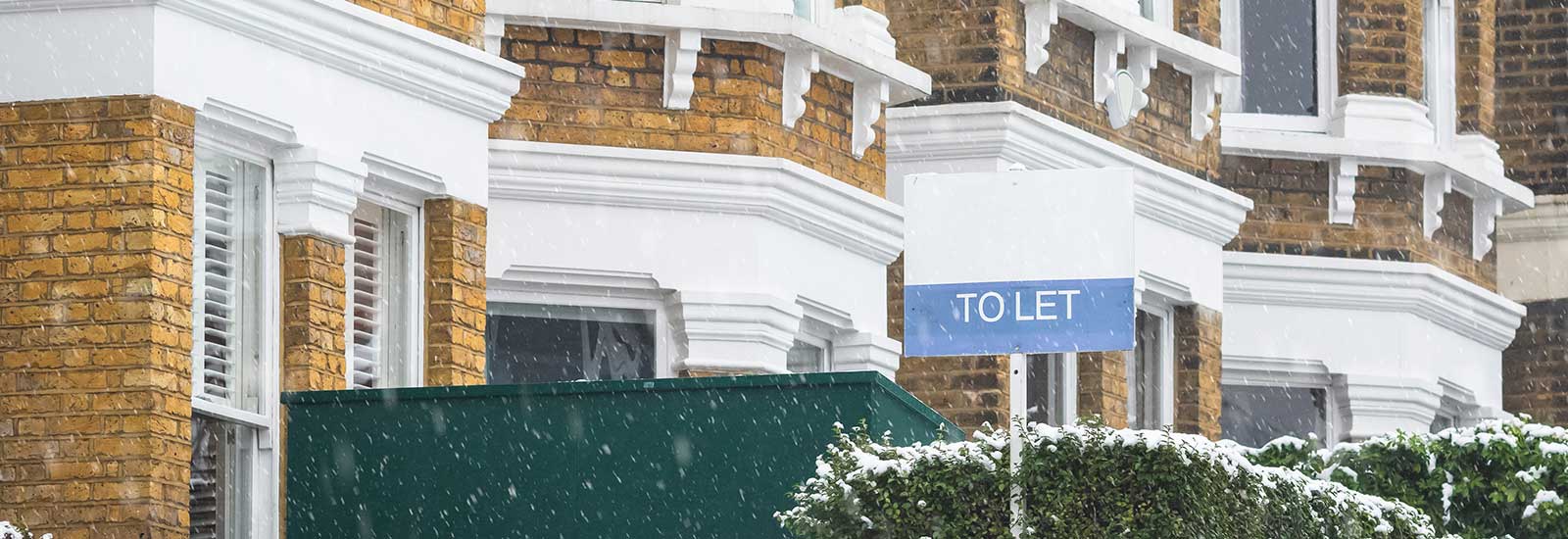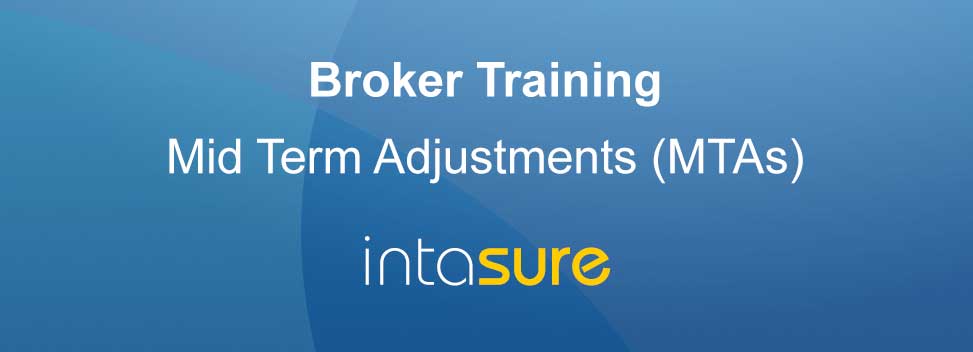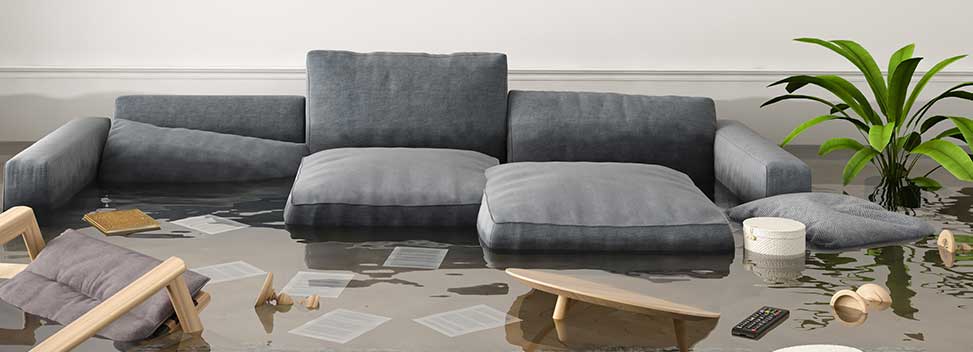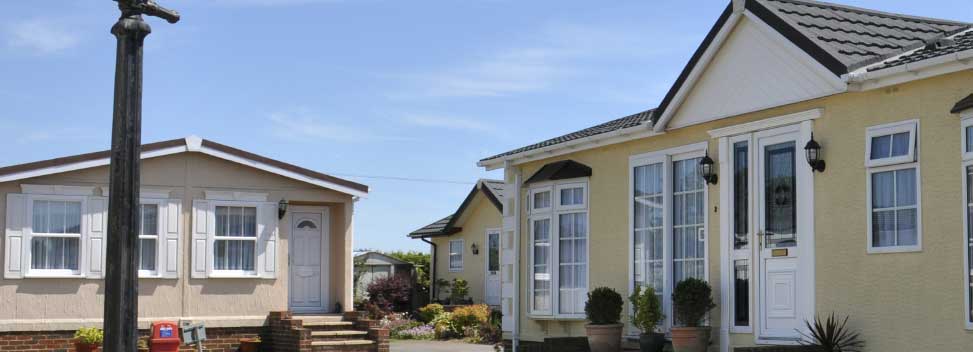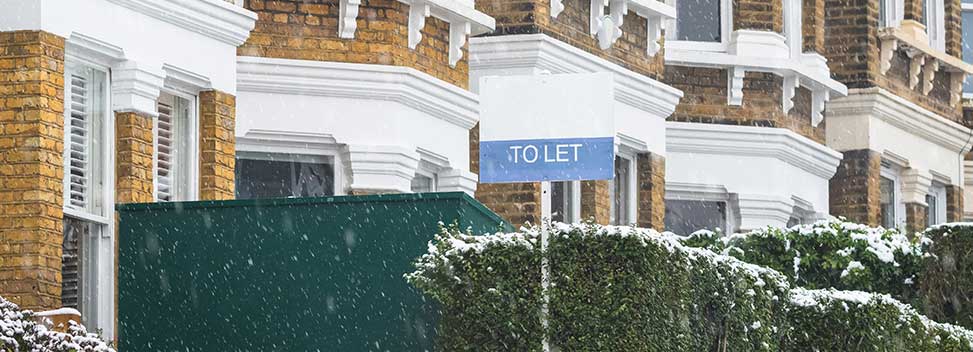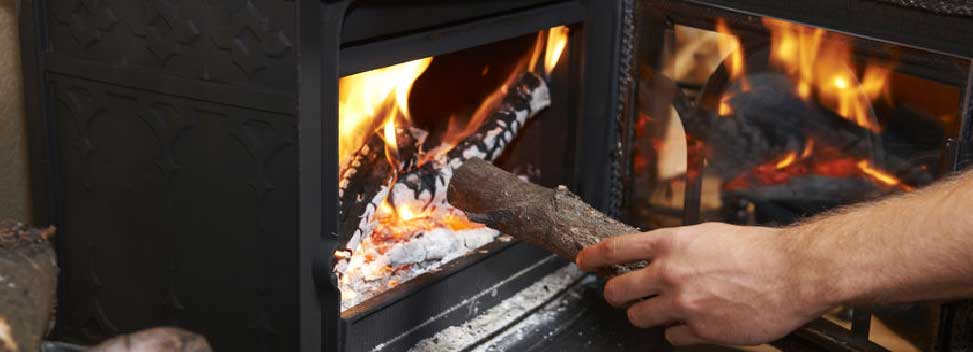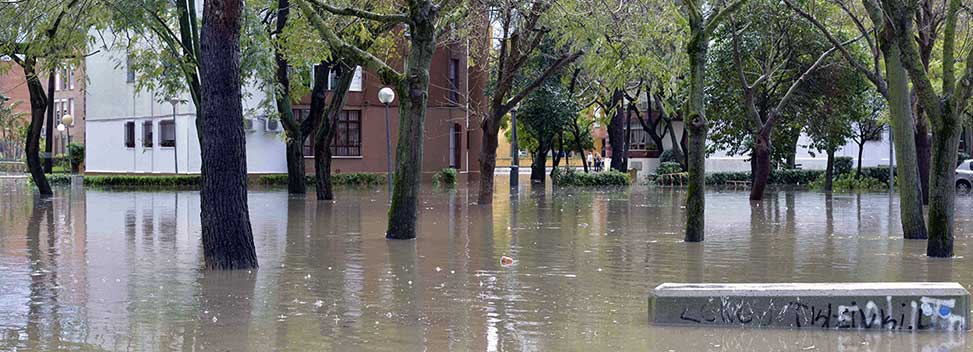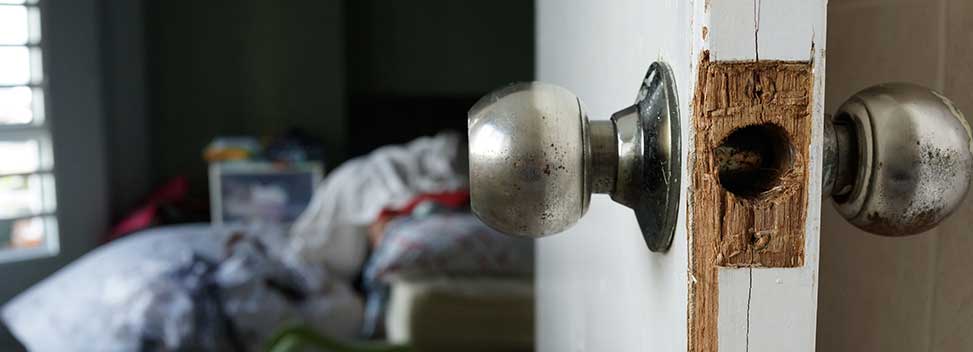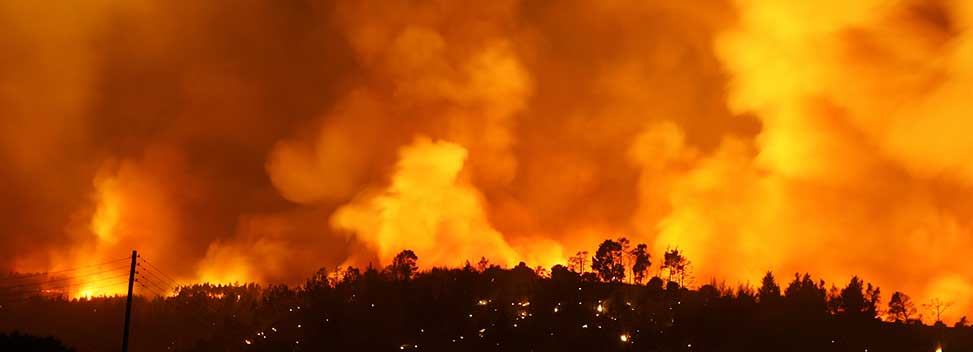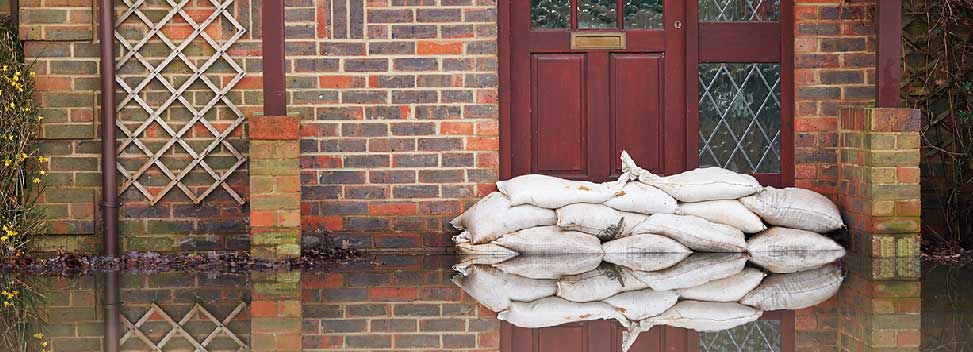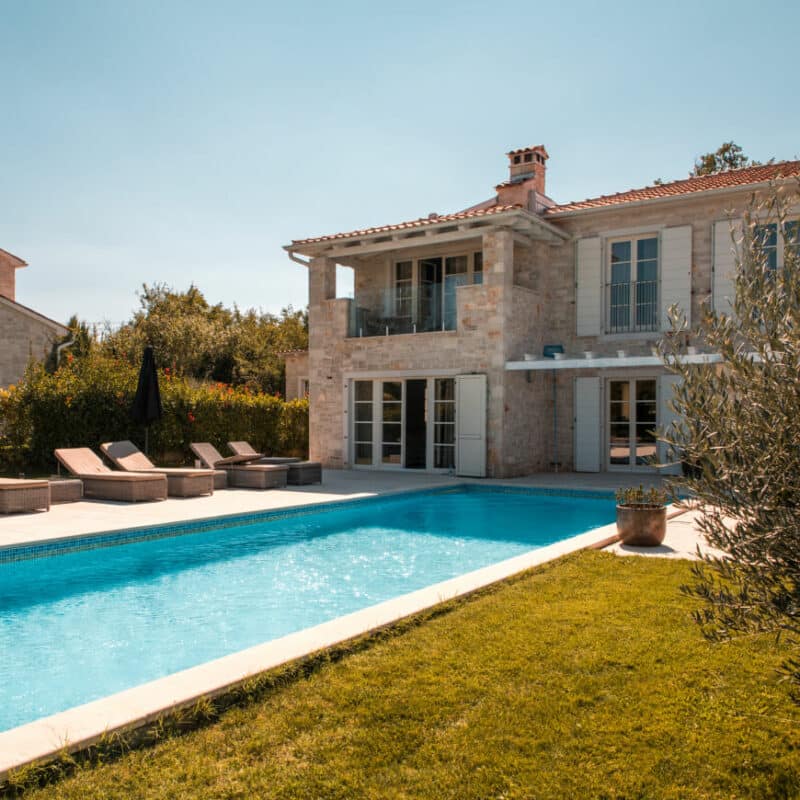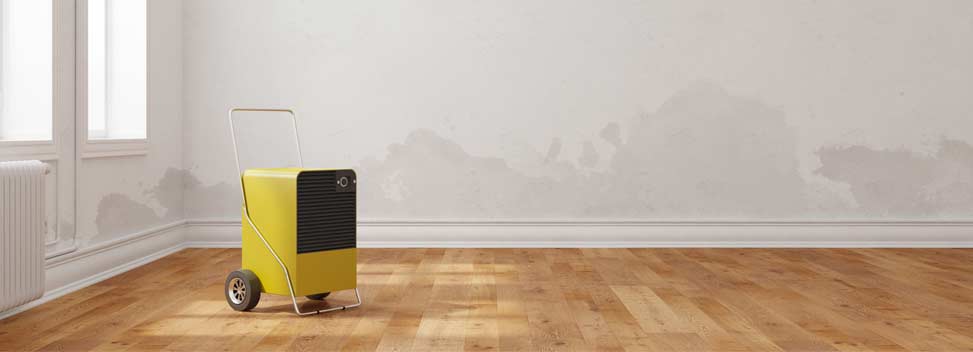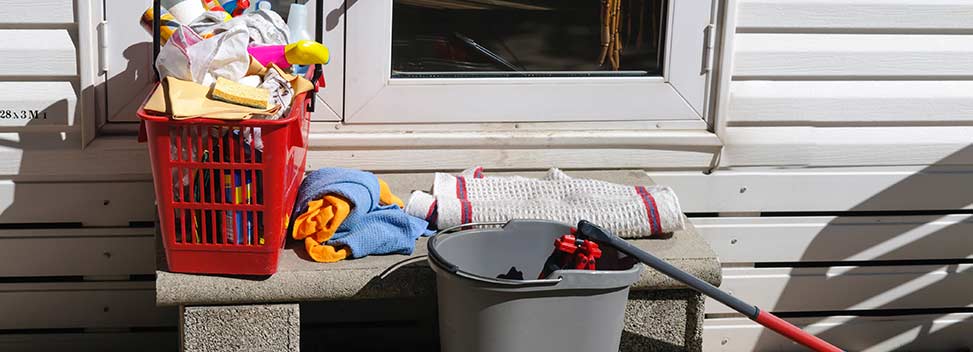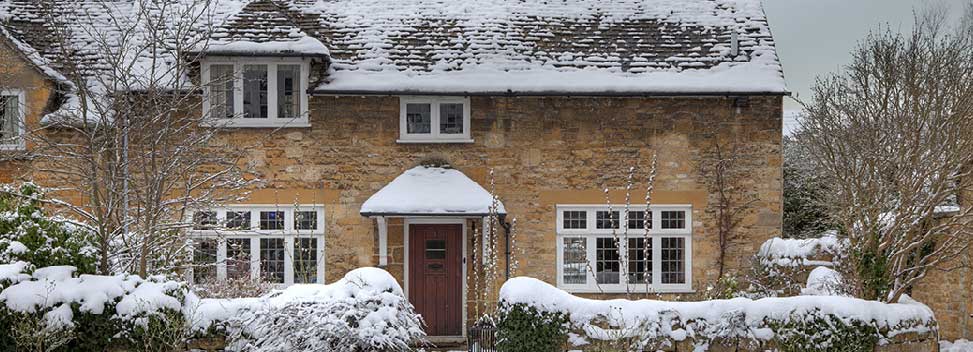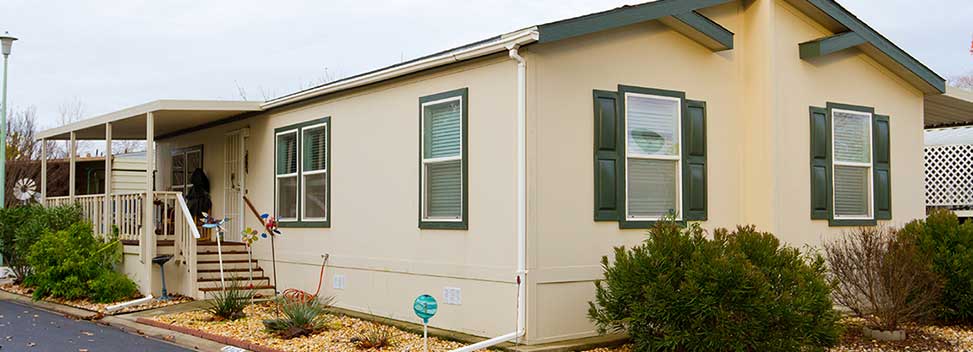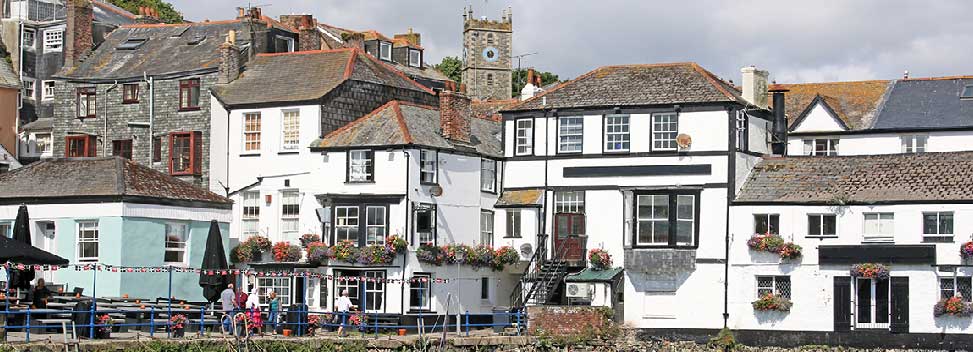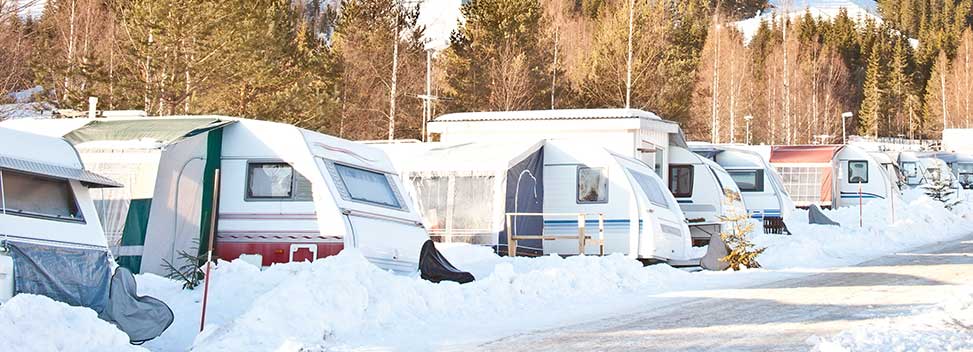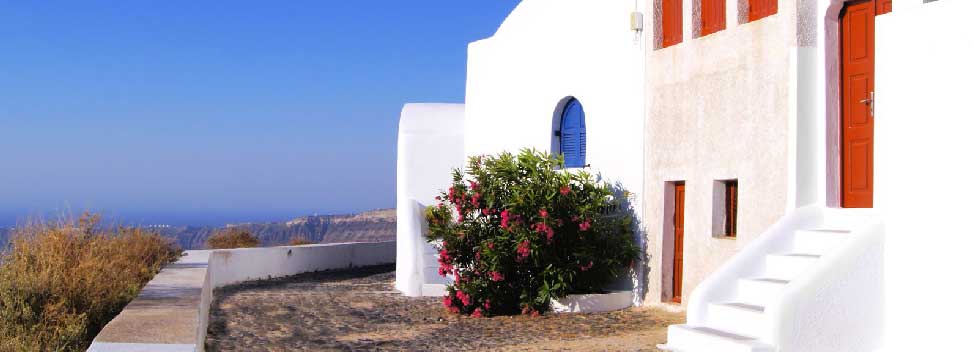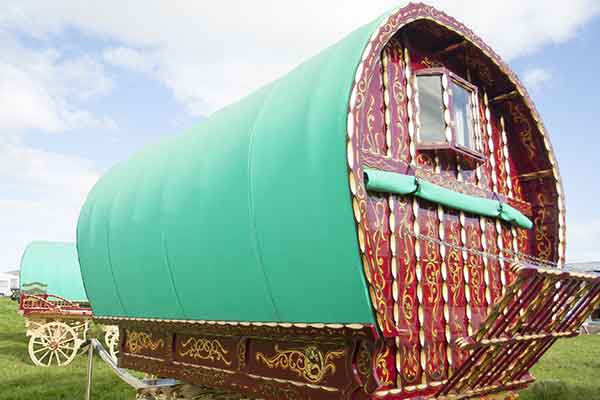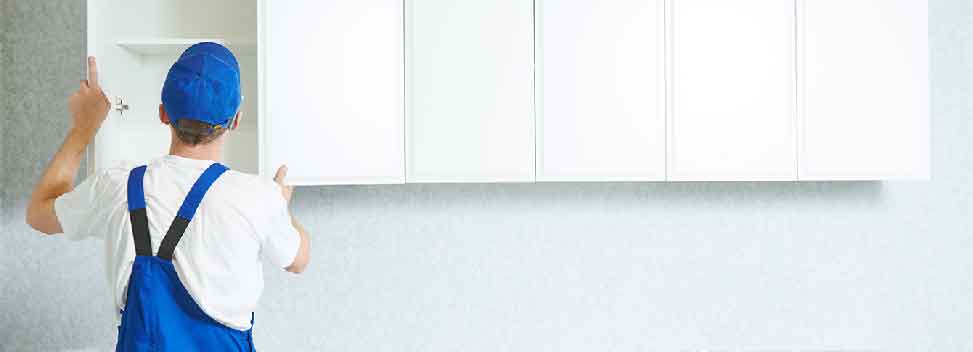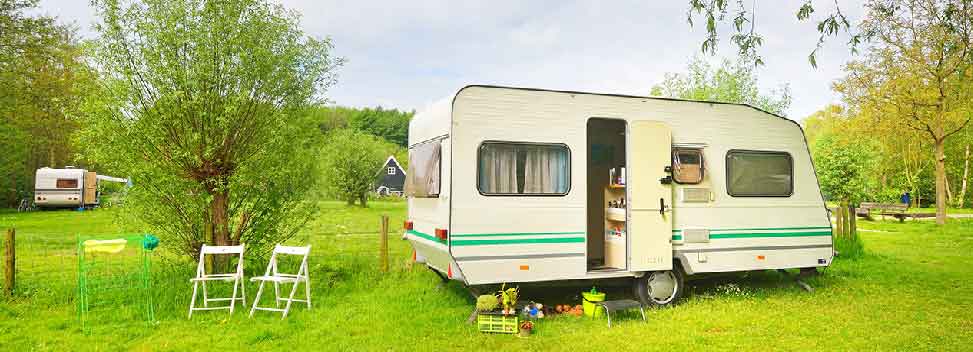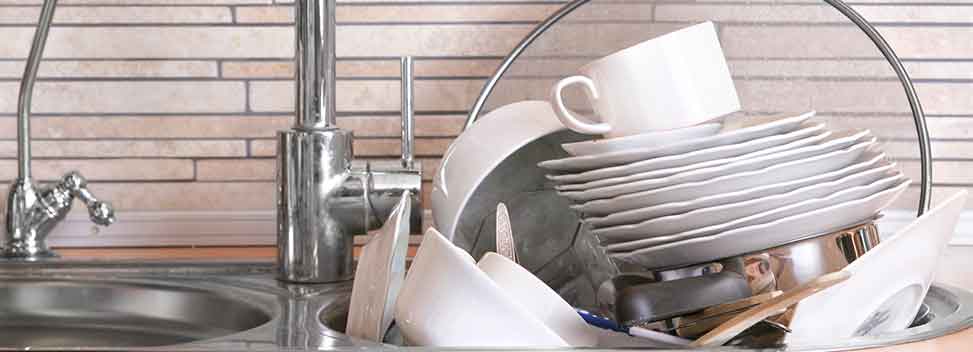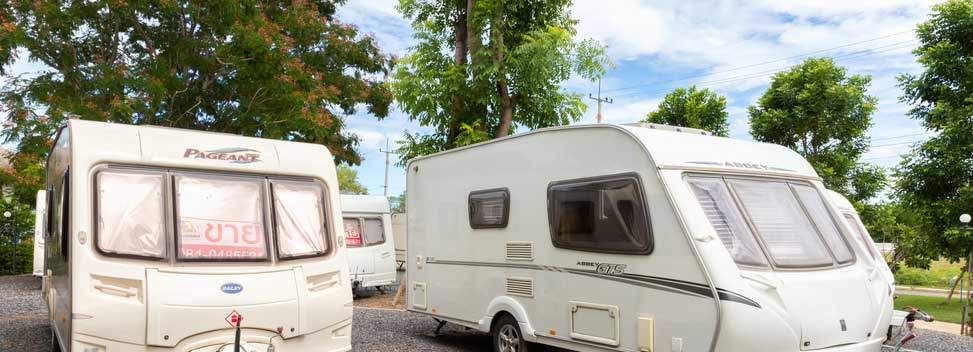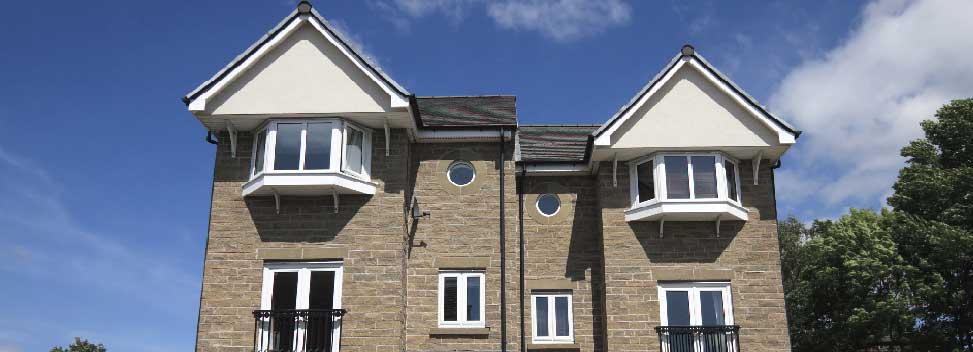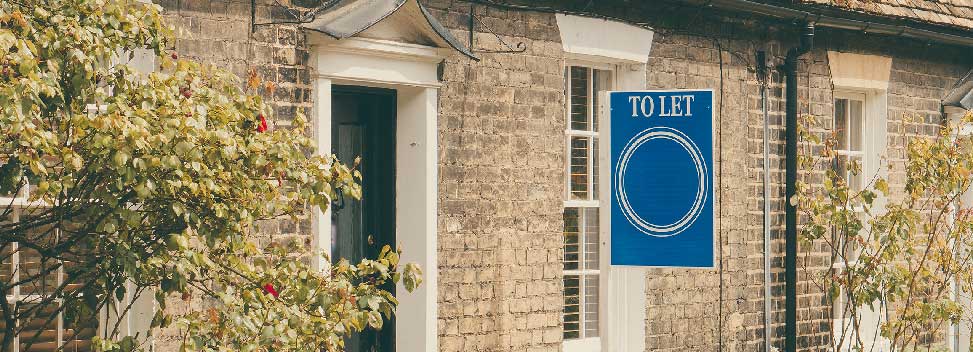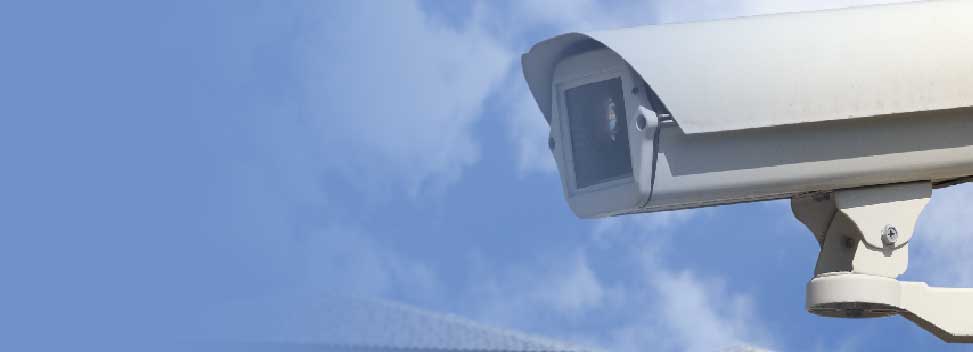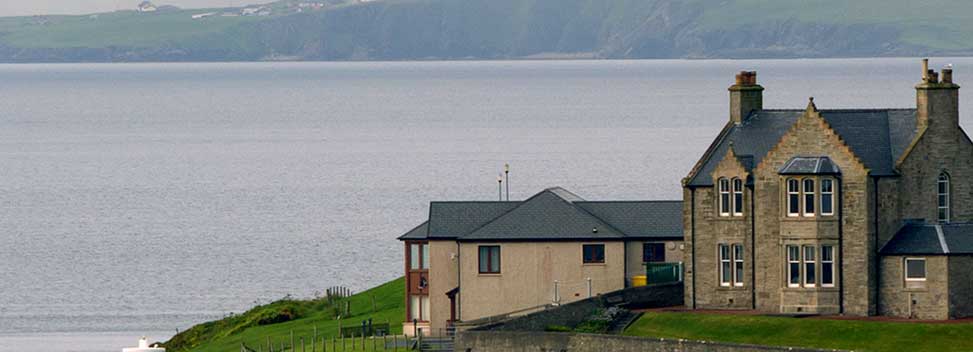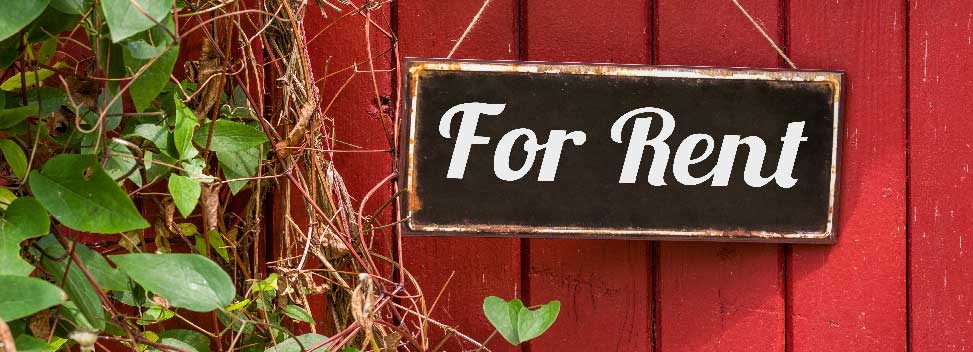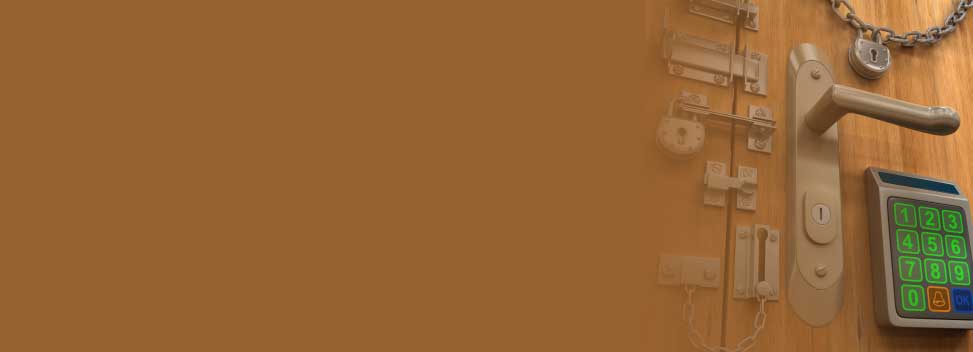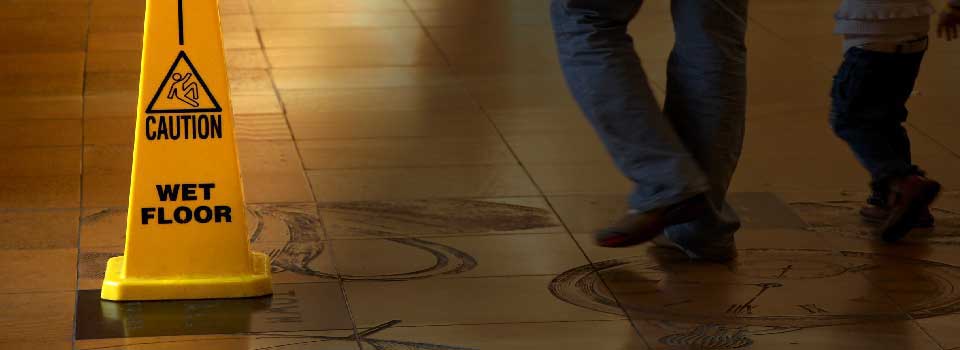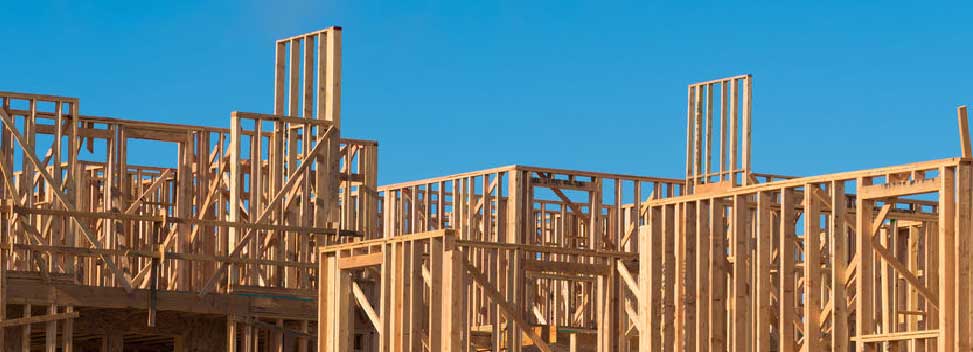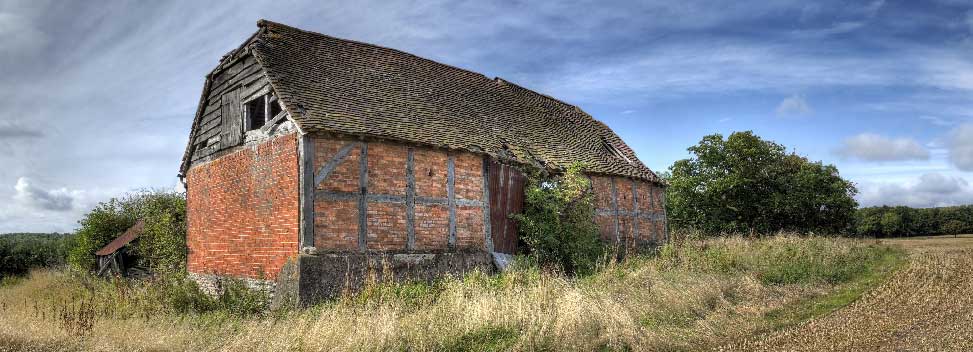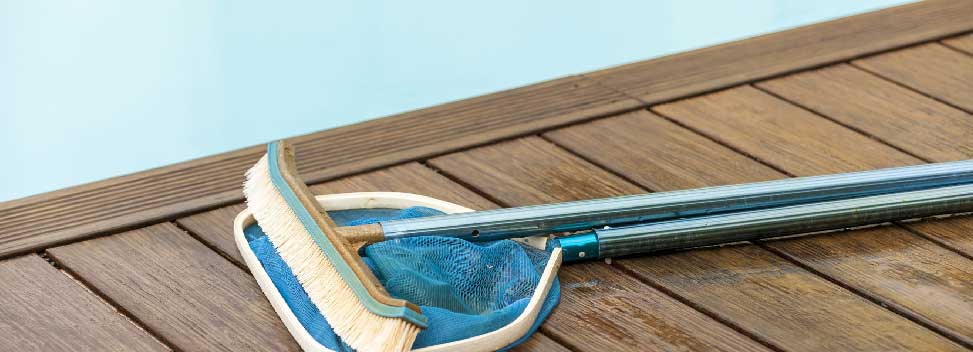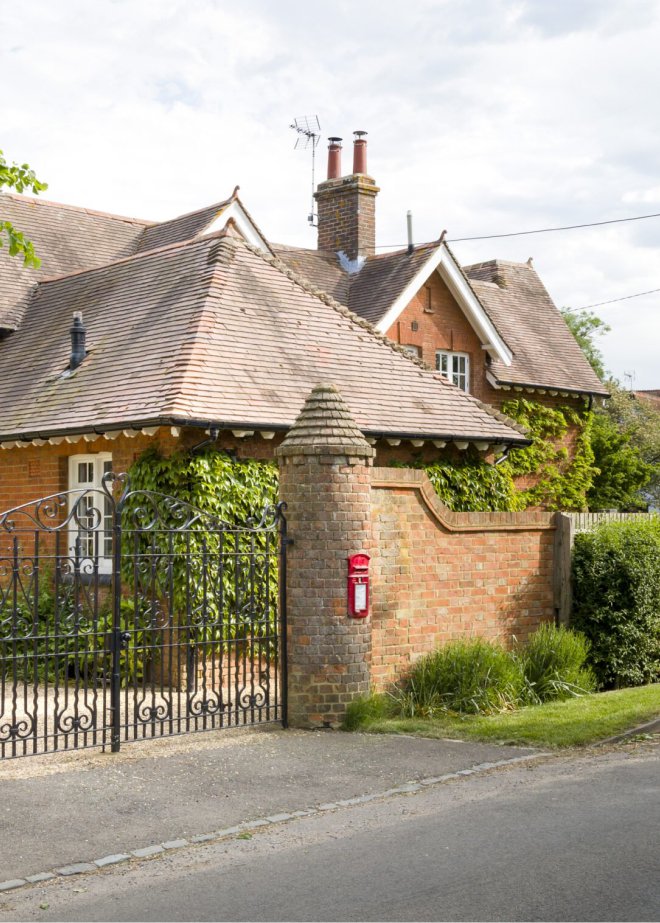
Listed Building Home Insurance
Owning a listed property is a privilege but comes with added risk. After all, you’re responsible for preserving your very own piece of history. Listed building home insurance offers financial cover for damage, injury, or theft at your property.
What Is A Listed Building?
A building receives listed status when it’s deemed to have special architectural features or is of historical interest. Generally, the older a building is, the more likely it is to be listed.
In England, there are two ways for a building to become listed. Individuals can nominate a building or monument to Historic England. Alternatively, Historic England, a public body responsible for protecting the country’s historical environment, can nominate a building for listing based on its research and priorities. Usually, a building must be more than 30 years old to be listed.
Every listed building in England and Wales falls into one of these categories**:
-
Grade I
buildings are of exceptional interest. Only 2.5% of listed buildings fall into this category.
-
Grade II*
buildings are of particular interest. 5.8% of all listed buildings fall into this category.
-
Grade II
structures are of special interest. If your home is a listed building, it usually will be a Grade II. More than 90% of all listed buildings fall into this class.
In Scotland, it’s different. Historic Environment Scotland, an executive agency of the Scottish Government, holds the authority to list buildings. Before a building can be listed, permission must be granted from local authorities.
Listed building grades in Scotland are categorised as follows:
-
Category A listed buildings
These are exceptional examples of architectural or historical significance, representing outstanding periods, styles, or building types.
-
Category B listed buildings
These structures are major examples of architectural or historical importance within specific periods, styles, or building types.
-
Category C listed buildings
These buildings represent architectural or historical significance within specific periods, styles, or building types.
Our Partners
Intasure works with an established partner to provide flexible insurance options.



What is listed building insurance?
Listed building insurance helps protect the risks of owning and maintaining a listed property. These risks include structural damage, restoration costs, and liability claims.
What Types Of Listed Property Insurance Can I Get?
-
Buildings Insurance
covers the structure of the listed building, including the walls, roof, floors, and fixtures, against risks such as fire, flood, subsidence, and vandalism
-
Contents Insurance
protects the contents inside your listed building, including furniture, appliances, and personal belongings, against risks such as theft, damage, or loss
-
Combined Insurance
combines buildings and contents insurance into a single policy, providing protection for the structure of your listed property and the contents inside
What Does Listed Building Insurance Usually Cover?
Listed buildings insurance typically includes cover for:
-
Up to £1m buildings cover (including garages, sheds and outbuildings)
protects the structure of the listed building against risks such as fire, flood, subsidence, and accidental damage
-
Up to £100k contents cover and £33k for valuables
covers the contents inside the listed building, including furniture, appliances, and personal belongings, against theft, damage, or loss
-
Accidental damage cover
protects fixed glass, sanitary fixtures, and solar panels against accidental damage
-
Theft or attempted theft
covers theft or attempted theft of contents within the listed building
-
Subsidence
covers damage caused by subsidence
-
Trace and access cover
provides up to £5,000 cover for the cost of detecting and repairing water leaks within the listed building
-
Property owners’ and occupiers’ liability
provides up to £2m cover for liability claims arising from property ownership or occupation
-
Alternative accommodation cover
provides up to £40,000 cover for the cost of alternative accommodation if the listed building becomes uninhabitable because of an insured event
-
Sheds and outbuildings
covered as standard for risks such as fire, flood, subsidence and accidental damage
-
Garages
covered as standard
You can add even more protection with these optional extras:
-
Home emergency
cover provides up to £1000k per call out, labour, parts, materials to carry out emergency temporary repair. Such as failure of gas or electricity supply, main heating system, plumbing and drainage, home security, toilet unit, domestic power supply, lost keys, vermin infestation and emergency accommodation costs.
-
Increased cover for additional accidental damage
-
Theft and accidental damage to bicycles
covers theft and accidental damage to bicycles stored within the listed property
-
Valuables or personal possessions cover away from home
covers valuables or personal possessions carried outside the home, such as mobile phones, cameras, jewellery, laptops, or sports equipment
-
Up to £60,000 cover in legal expenses
covers legal expenses incurred in legal disputes related to the listed property
-
Key cover for lost or stolen keys
covers for the cost of replacing lost or stolen keys for the listed building
These are brief product descriptions only. Please refer to the policy documentation paying particular attention to the terms and conditions, exclusions, warranties, subjectivities, excesses and any endorsements.
Why Is Listed Home Insurance Important?
Listed home insurance covers your home and valuable possessions from the risks of owning a listed property, such as damage, theft, and flooding. If something unexpected happens – like damage to the exterior – and you don’t have this type of insurance, you’re legally responsible for repairing it using materials to match the original, which can be very expensive.
How Much Does Listed Property Insurance Cost?
There isn’t one set price for listed property insurance. Instead, the price is typically calculated based on these factors:
-
Location
The location of your property affects the cost of your insurance. When determining risk, insurance providers assess the area's crime rate, closeness to emergency services, and exposure to natural disasters. Listed properties in urban areas with higher crime rates or regions more prone to severe weather, like floods, may face higher insurance premiums.
-
Property type
Factors like age, size, construction materials, and architectural features of the property play a role in determining its insurance risk. Listed properties, for example, may require specialised cover because of their historical significance and unique characteristics.
-
Household contents
The value and number of household contents you own, including furniture, appliances, electronics, and personal belongings, can all affect your insurance premium.
-
Security measures
Your property's security measures, such as alarm systems, deadbolts, security cameras, and neighbourhood security patrols, can impact your premium. You may get a better rate if your property has security features because of the reduced risk of theft or vandalism.
-
Flood risk
Properties in flood-prone areas or near bodies of water may face higher insurance premiums or require specialised flood insurance cover. Insurance providers assess the property's flood risk based on elevation, proximity to water sources, and historical flood data.
-
Cover level and add-ons
The selected level, including the number of buildings and contents covered, deductible amount and any optional add-ons or endorsements, directly influences your insurance premium. Additional cover options, such as accidental damage cover, legal expenses cover, or home emergency assistance, may also increase the overall insurance cost.
-
Previous claim history
Your previous claim history, including the frequency and severity of past insurance claims, can impact your insurance premium. Insurance providers may consider properties with a history of frequent claims or significant losses higher risk, which can result in higher premiums or limited cover options. On the other hand, properties with a clean claims history may qualify for lower insurance.
Why Choose Intasure For Listed Building Insurance?
If you’re new to listed building insurance, Intasure can help support you every step of the way. Our UK-based team has 20 years’ experience of guiding customers to a policy that meets their needs and budget. It’s why we’re rated Excellent on TrustPilot. Plus, we won’t charge you an admin fee if you ever change your mind and want to cancel your policy.
-
Cover overseas
We provide cover in more than 20 countries and territories
-
UK teams
We have an in-house UK-based customer service team
-
English documents
We provide all policy documents and communications written in English
-
Rated ‘Excellent’
We are rated ‘Excellent’ on TrustPilot, with a 4.5 star rating*
What Do You Need To Get A Listed Home Insurance Quote?
It’s easy to get a listed insurance quote with Intasure. Just tell us about your home, including its size and any special features. We’ll also need to know how much cover you think you need to protect it, plus some details about yourself, such as age and occupation. Once we have your details, we’ll provide quotes from our trusted insurers.
What our customers say about us
Policy documents
View our policy documents to discover the cover Intasure can provide.
View and DownloadListed Home Insurance FAQ
Please note that these frequently asked questions are not a substitute for the policy wording. For full terms and conditions, please see the policy documentation.
-
How can you reduce the price of listed building insurance?
You could lower the price of listed building insurance by:
- Building a history of no insurance claims
- Choosing to pay your insurance premium annually instead of monthly
- Choosing a higher excess (the amount you pay towards a claim)
- Enhancing security measures such as installing alarms, locks, or CCTV cameras
-
What’s not covered by listed home insurance?
Listed home insurance doesn’t typically cover the following:
- Loss or damage caused by wear, tear, electrical or mechanical breakdown or damage that happens gradually over time
- Loss or damage caused by vermin, birds, insects or domestic pets
- Storm damage to gates, hedges, fences or swimming pool covers
- Loss or damage caused by rising groundwater tables
- Loss or damage from water overflowing from baths, sinks, bidets, and showers because of taps being left on unless the full accidental damage option is chosen
- Scorching, singeing, melting or other forms of heat distortion unless accompanied by flames
You can read the complete list here.
-
Is listed property insurance required?
Although listed home insurance isn’t a legal requirement, it’s a good idea to consider. After all, it can help financially cover you if something happens to your listed home, such as theft or damage. Without this insurance, you may have to fork out for repairs or restoration, which can be expensive for listed properties.
-
Is it more expensive to insure a listed building?
Generally, it’s more expensive to insure a listed building. This is mainly because rebuilding and repairing costs are higher. Plus, listed buildings often require specialist materials and expertise for restoration, which can increase the overall insurance premium. Finally, insuring listed buildings is likely to be pricier because these unique properties often require special care and materials.

